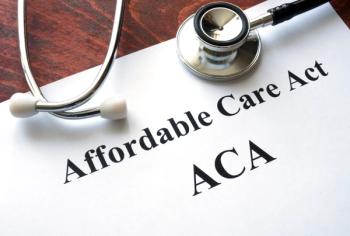
Employer-Sponsored Wellness Programs Attract Already Fit and Healthy Individuals
A working paper published by the National Bureau of Economic Research identified an association between employees who choose to participate in firm-sponsored wellness programs and lower average healthcare spending and healthy habits, like clean eating and exercise. However, employees who participate already practice heathy lifestyles and have low spending.
There is an association between employees who choose to participate in firm-sponsored wellness programs and lower average healthcare spending and healthy habits, like clean eating and exercise, according to a working paper published by the National Bureau of Economic Research.
In the study, University of Illinois at Urbana-Champaign faculty and employees were given the opportunity to participate in the Illinois Workplace Wellness Study, a large-scale, randomized controlled trial that offered levels of incentives to program participants. The program would offer a variety of wellness activities, including smoking cessation, stress management, and recreational classes.
A total of 12,459 benefits-eligible university employees were invited to participate, and 3300 participants were offered paid time off to participate in the wellness program. Those who completed the entire program could earn rewards ranging from $50 to $350. These amounts were randomly assigned to individuals at the beginning of the program. A cohort of 1534 was a control group who did not participate in the wellness program.
By using online surveys, university employee records, health insurance claims, campus gym visit records, and administrative records from a popular community running event, the researchers analyzed the health of wellness program participants and the control group before the study began.
Researchers analyzed how financial incentives affected participation in wellness programs, the types of employees selected to participate, and the 1-year causal effect of workplace wellness participation on medical spending, employee productivity, health behaviors, and well-being.
The findings supported the positive effects of incentives on wellness program participation by employees. However, at large incentive levels there is little effect on employee participation. Those who chose to participate in these programs already practice heathy lifestyles and have low spending. Companies could, therefore, use wellness programs as a tool to screen the health of their workers. There is little intervention done by wellness programs to improve the health of high-spending, low-income workers.
Two positive effects of company-sponsored wellness programs include a stronger employee belief that the company views worker health and safety as a priority and the increased chance of receiving a health screening.
“Although we fail to find effects of our workplace wellness program on the majority of the outcomes in our analysis, we emphasize that we have only examined outcomes in the first year following randomization,” the authors concluded. “It is possible that meaningful effects may emerge in later years. As a part of the Illinois Workplace Wellness Study, we will continue to collect data so that we can estimate long-run effects in future research.”
Reference
Jones D, Molitor D, Reif J. What do workplace wellness prorams do? Evidence from the Illinois Workplace Wellness Study. National Bureau of Economic Research.
Newsletter
Stay ahead of policy, cost, and value—subscribe to AJMC for expert insights at the intersection of clinical care and health economics.








































